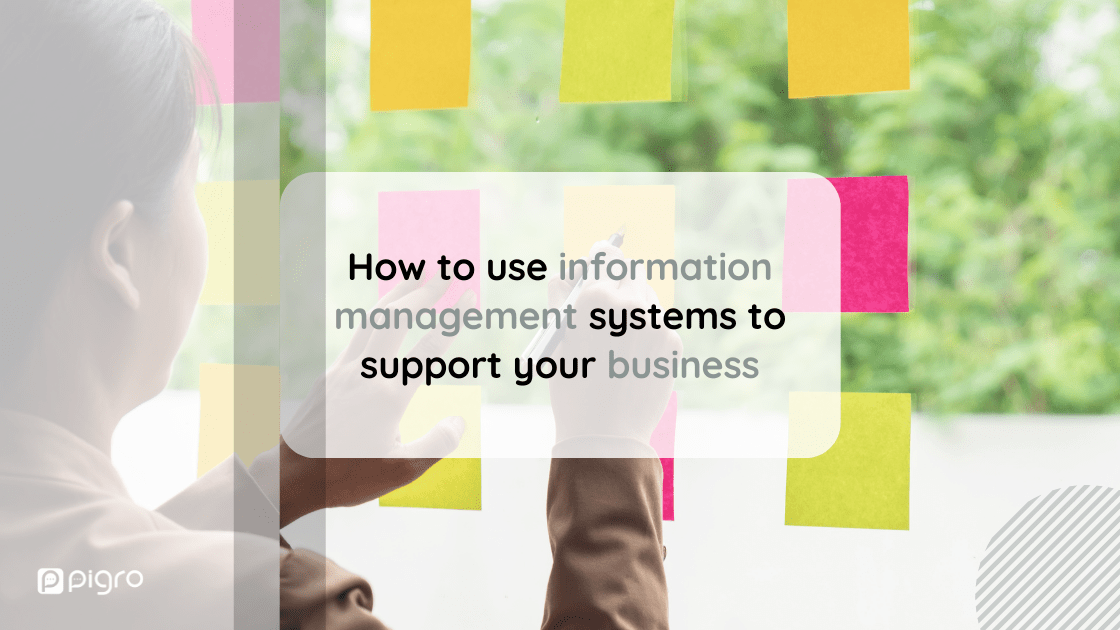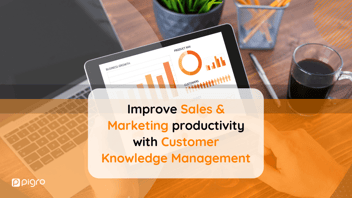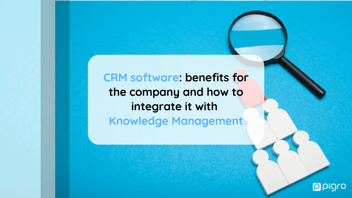Any efficient and productive organization is characterized by the optimization of the company's resources and the valorization of its personnel, who are encouraged to develop their skills and produce innovations.
This implies that work is done in the best possible way and that no time is wasted on low-value-added activities.
The value of any company lies in its resources, including the huge amount of data and information that is acquired, managed, and processed daily and that must be used to understand where to go and what decisions to make.
What are information management systems and why are they important
Business information management is the process of turning data into actionable information rather than documents. To be effective, you need to develop ways to manage your processes so you can track their progress and understand how to improve resource utilization.
To do this, it is essential to implement corporate information management systems that document knowledge, process data, and use it to drive decisions.
What is an information system and what resources does it involve
A corporate information system is the company's infrastructure to collect and manage information.
It is within this system that the company's resources are involved, i.e. the tools it has at its disposal and which are capable of generating added value; they are divided into tangible resources (measurable and categorizable) and intangible resources (represented by human resources and the importance of their skills).
The information system can be imagined as a set of people, functions, applications, technological networks, and procedures that, by interacting with each other, have the final objective of making a series of information and data available to a subject at the desired time and place.
To do this, the information system performs operations on the data: it collects them, exchanges them, processes them, and then returns them in the form of information, useful to the subject concerned. The final objective is in fact to support decision-making operations.

The IT manager role
There is a profile in human resources that can best manage all these aspects: the "IT manager", whose function is to take care of the construction, management, and maintenance of the company's information systems.
The IT manager is a figure who is sometimes underestimated, but who must have transversal skills both in the human resources sector and in the "technical-information" field: his or her task is to intercept the organizational and informational needs of the various departments, to develop projects for improving the tools and technologies at the service of the company and, among other things, to train the personnel in the use of these systems.
For this reason, it is fundamental that IT be the driving force behind evolutionary changes, laying the foundations for the creation of competencies and designing solutions by combining IT and technological resources in the best possible way.
IT tools to support business activities
-ERP or Enterprise Resource Planning, which concerns the integrated management of all company data through the use of a centralized database;
-CRM or Customer Relationship Management, which aims to manage customer relations, both in the commercial and marketing fields, in pre-sales and post-sales;
-SCM or Supply Chain Management, which aims to manage transactions with customers and other companies;
-Knowledge Management, which aims to manage the company's knowledge by making available to all employees and managers the information they need to do their jobs.
To support the company organisation, it is essential to manage the company's knowledge, particularly at the level of human resources (who possess the intellectual capital of experience).
This approach is part of a broader digitisation framework that aims to provide the company with innovative IT tools to optimize procedures and the use of resources.
As well as creating and sharing processes and procedures to manage information, you need to keep the knowledge base updated, the core of all corporate information systems.
For this reason, Pigro has created a tool to analyse and measure the effectiveness of the content part of company documentation, such as policy and manuals, best practices documents, operating instructions and training modules.
This way it is possible to discover knowledge gaps, lack of information, wrong sharing permissions, outdated documents, and any issues that can affect the employees' productivity. Knowledge Insights provides personalised suggestions to improve the quality of the knowledge base and increase the efficacy of the company organisation.
Learn more:
- How to build a Knowledge Base to manage business information
- Which Knowledge Management system to facilitate information management
Do you want more information about Pigro? Contact us!



